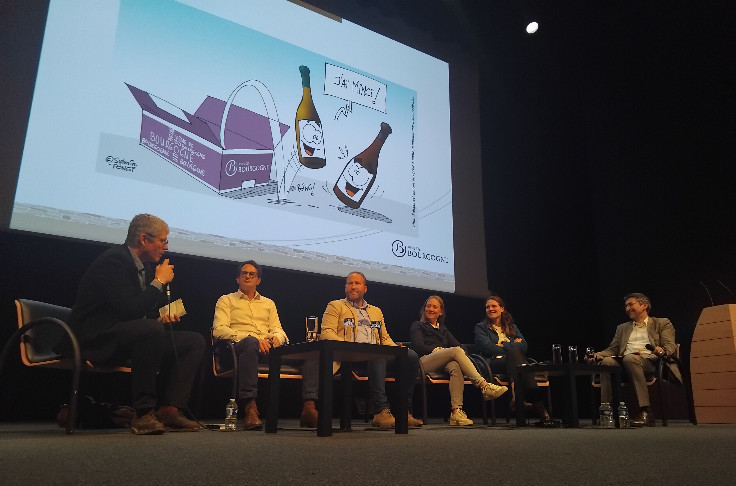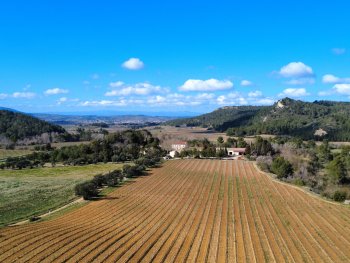Burgundy wines lighten their bottles, and their carbon footprint

he ‘Climate Objective’ blueprint drafted by the Burgundy wine marketing bureau (BIVB) has set a particularly ambitious target: it aims to reduce greenhouse gas emissions by 60% by 2035, and therefore requires immediate steps to be taken. The first lever identified by the marketing board is glass bottles. “If the industry switches to an average bottle weight of 400g, with 80% recycled glass content, it can reduce its carbon footprint by 20% in this way alone”, claimed former BIVB director Christian Vannier, during the introduction to a panel discussion on July 3 in Beaune.
HĂ©lène Sarkis, who manages Domaine Joblot and its 14-hectare vineyard in Givry, has reduced the bottle weight of one of her wines by around one hundred grams. Consequently, “we save 10 tonnes of glass in a single vintage”. This staggering figure “immediately makes customers realise the point of our initiative”. Charles Lamboley, marketing director at the Terres Secrètes co-operative winery in PrissĂ© confirms that taking time to explain things makes all the difference. “We have noticed that the more we focus on education in our trade conversations, the more our customers engage with us”. At Domaine Joblot, “we have not seen any impact on quality interpretations”, claims Sarkis. “And we can feel that a whole generation of customers is increasingly aware of carbon footprint”.





